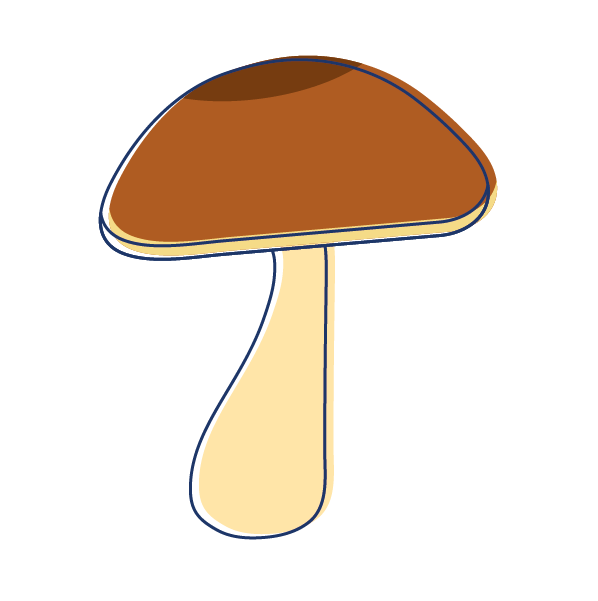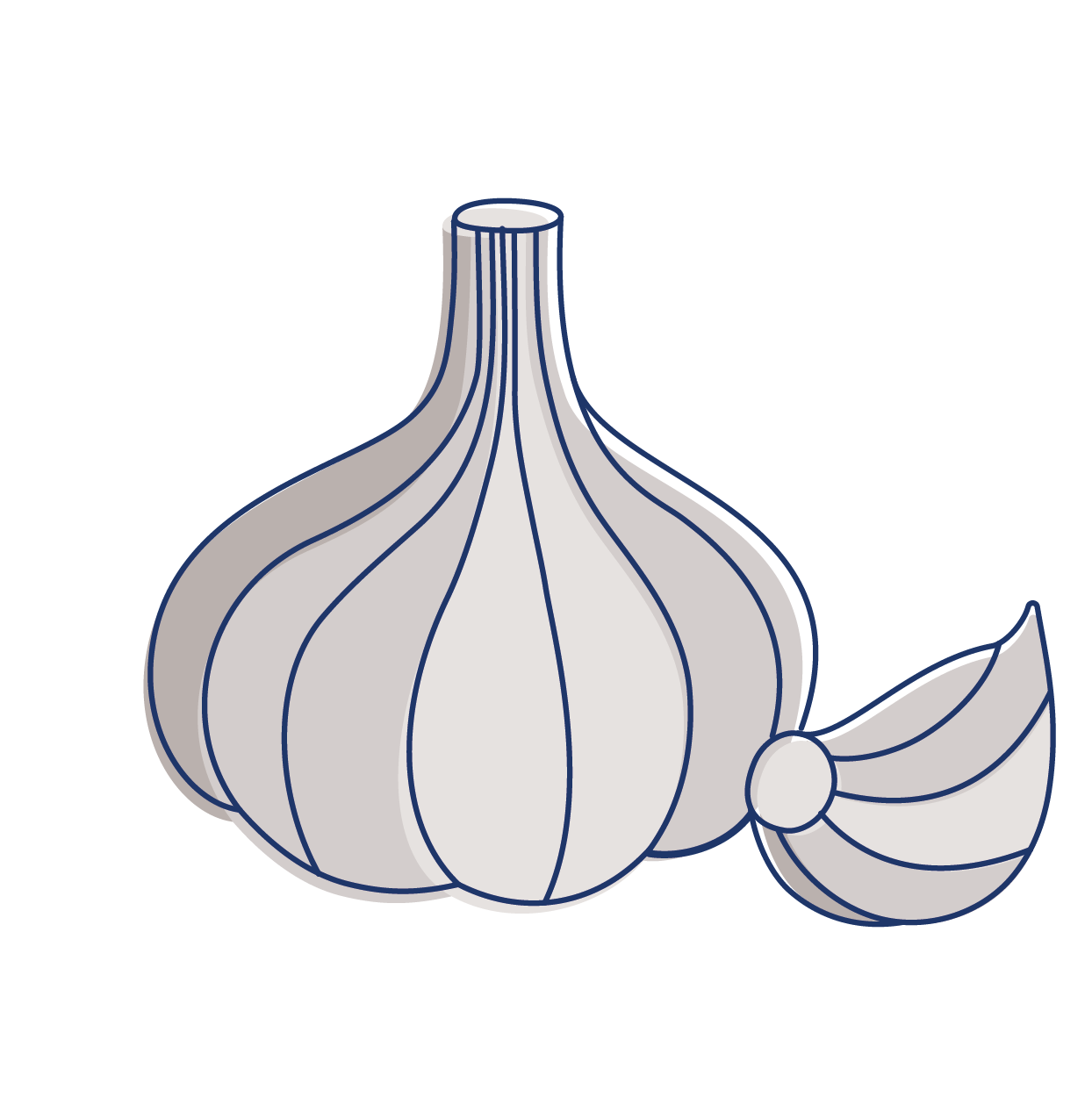
While you’ve probably noticed that each plant tends to have unique properties, including the taste when you consume it, you might not realize that the taste of a plant can be telling about the effect it will have on your body.
Pretty cool, right?
There are several different types of tastes that are used to describe plants - both for you to experience and to have a physiological effect on your body.
In this post, we’re going to take a look at some of the most common tastes, what they are like, which plants have them and how they can impact your body.
Note: The taste of a plant is a useful thing to make a note of if you are putting together your own materia medica with herbal monographs of different plants. If you’d like to learn how to do this, I’d recommend the Herbal Materia Medica Course by The Herbal Academy.
Plants with Sweet Taste
Plants with a sweet taste are pleasing to the palate and provide nourishment, both of which encourage their consumption. Although it is associated with sugars found in carbohydrates, the taste is not necessarily sugar-sweet, but more satisfying and nourishing. For example, grains are considered to have a sweet taste, but I wouldn’t exactly describe them as “sweet” under usual circumstances.
Examples of plants with a sweet taste:

- Astragalus root
- Licorice root
- Mushrooms
These plants that are described as sweet may have various effects on the body including tonic, building, calming, harmonizing, restorative, and soothing.
Plants with Salty Taste
Plants with a salty taste are usually associated with minerals and can help to restore the balance of mineral in the body, as well as help to soften tissues and nourish bones, hair, nails and teeth. They can also act as diuretics and stimulate digestion.
Examples of plants with a salty taste:
- Nettle
- Sea vegetables
- Horsetail
Plants with Sour Taste
Plants with sour taste are associated with plant acids and some mineral. They can have several different effects on the body, including as an astringent and tonic, to stimulate digestion, monitor fluids and support the heart and immunity of the body.
Examples of plants with a sour taste:
- Schisandra berry
- Rosehips
- Lemon
- Sorrel

Plants with Bitter Taste
Plants with a bitter taste are linked to alkaloids, sesquiterpenes and volatile oils. In some plants, the bitter taste is a warning to potential toxins and work to stimulate the digestive system and liver to try to remove the toxin from the body.
Examples of plants with a bitter taste:
- Coffee
- Dandelion
- Chamomile
- Gentian
- Motherwort
These plants can be calming to the nervous system, as well as help to stimulate the digestive system for better nutrient absorption and elimination.
Plants with Pungent Taste
Plants with a pungent taste are usually associated with volatile oils and allyl sulfides. They tend to stimulate the digestive and circulatory systems in the body, as well as having antibacterial properties.

Examples of plants with a pungent taste:
- Garlic
- Ginger
- Mustard
Plants with Spicy Taste
Plants with a spicy taste are associated with volatile oils and terpenes. They tend to have various effects on the body, including to stimulate the circulatory, digestive and respiratory system. They may also soothe the nervous system and have some antimicrobial effects.
Examples of plants with a spicy taste:
- Chili peppers
- Rosemary
- Thyme
- Oregano
Plants with Acrid Taste
Acrid plants cause an irritating sensation in the mouth when consumed, rather than a specific taste. They tend to have analgesic and antispasmodic effects on the body to reduce pain and the risk of seizures.
Examples of plants with an acrid taste:
- Kava
- Lobelia
- Black cohosh

Plants with Astringent Taste
Plants with an astringent taste are associated with tannins and have a drying effect when consumed. These plants are often used to tone tissues, stop bleeding and stop diarrhea due to this drying effect.
Examples of plants with an astringent taste:
- Red raspberry leaf
- Black tea
- Witch hazel
- Rose Petal
Plants with Bland Taste

Plants with a bland taste and slippery texture are associated with mucilage. They tend to have a demulcent effect, which is useful to cool and soothe inflamed tissues, as well as a laxative effect.
Examples of plants with a bland taste:
- Slippery elm bark
- Marshmallow roots
Taste It For Yourself!
The best way for you to start recognizing the subtle differences in the tastes of plants, and the effects that they can have on your body, is to get out on the field and try them.
Try making a herbal tea with one single herb and see if you can recognize what taste it has. Or make several teas with different tasting plants and see if you can pick out the differences. It can be a fun type of experiment!
Note: The taste of a plant is a useful thing to make a note of if you are putting together your own materia medica with herbal monographs of different plants. If you’d like to learn how to do this, I’d recommend the Herbal Materia Medica Course by The Herbal Academy.


